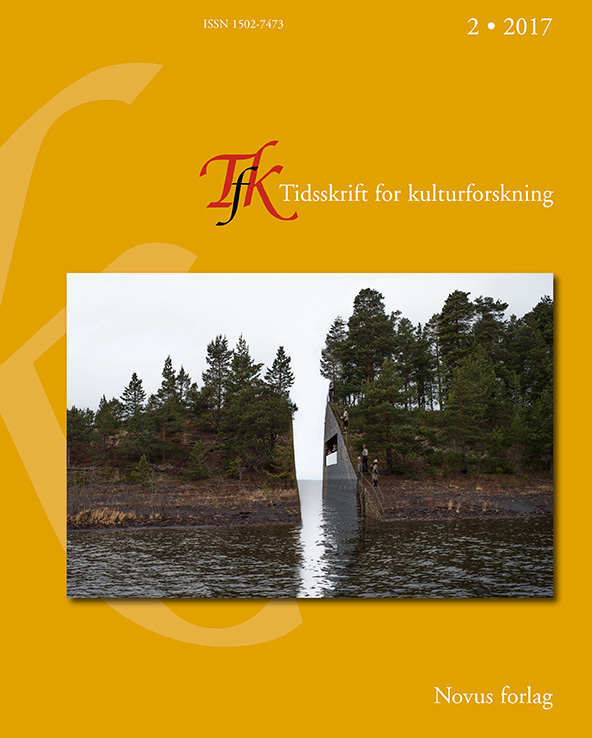Sammendrag
Much recent theorizing in philosophy of history has revolved around the idea of enduring, persistent pasts as opposed to the proto-modern sense of time which presupposes a neat break between the absent past and the present. This article draws on examples from memory studies, archaeology, art history, law and theory of history to explain the idea of the persistence of the past, and to suggest that it constitutes a way to offset the distanced relation to the past as an idea(l) in historic research. It also aims to investigate what precisely is meant by "presentism" and "presence-paradigm", and to examine how these perspectives differ with regard to how the past is understood. It is claimed that one important difference can be found in the weight accorded to the agentive dimension of the past in the present. Presence theorists argue that we can literally be moved by the past in ways we are not able to predict or veto, while presentism implies an omnipresent present which fabricates the pasts which are needed or desired. The relation to the past in the age of presentism is shaped by a sense of crisis and a lack of confidence in the future which, it is argued, spawned our current obsession with memory and heritage. Presence theorists, in contrast, argue that to be moved by the past involves a more direct, experiential relation which is not necessarily filtered through present needs or intentions.
Forfattere beholder opphavsretten og gir tidsskriftet rett til første publisering av arbeidet. En Creative Commons-lisens (CC BY-SA 4.0) gir samtidig andre rett til å dele arbeidet med henvisning til arbeidets forfatter og at det først ble publisert i dette tidsskriftet.

